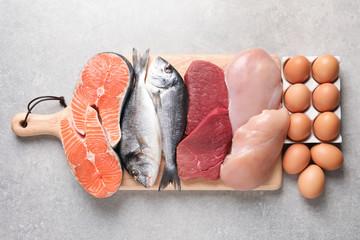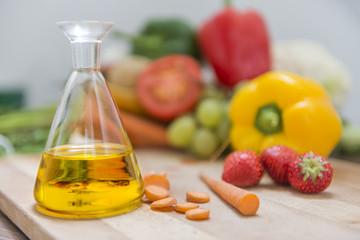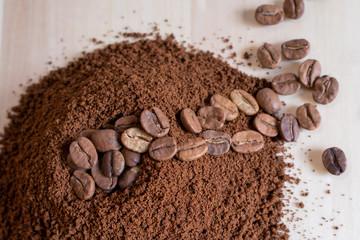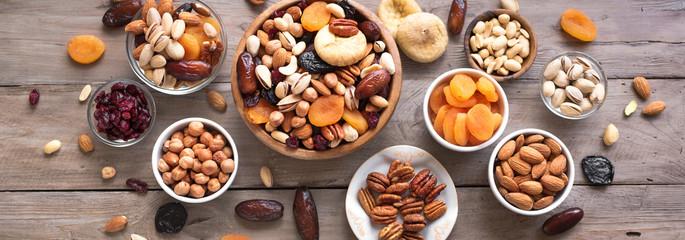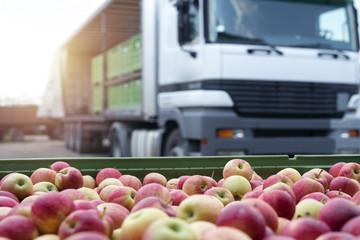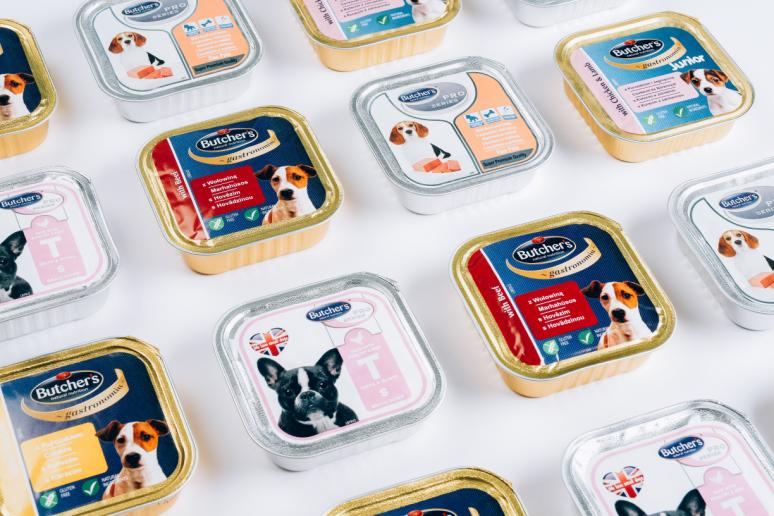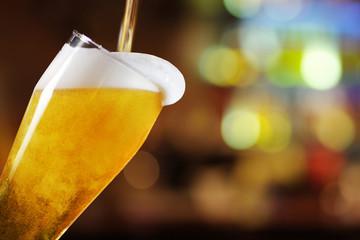Taking food analysis a step further
In today's market, absolute safety and quality of food is of utmost importance. Standards in the food industry are very strict and end consumers are also increasingly aware of what they eat. A reliable partner like LOVAP is essential to meet these quality requirements as a food manufacturer or distribution centre.
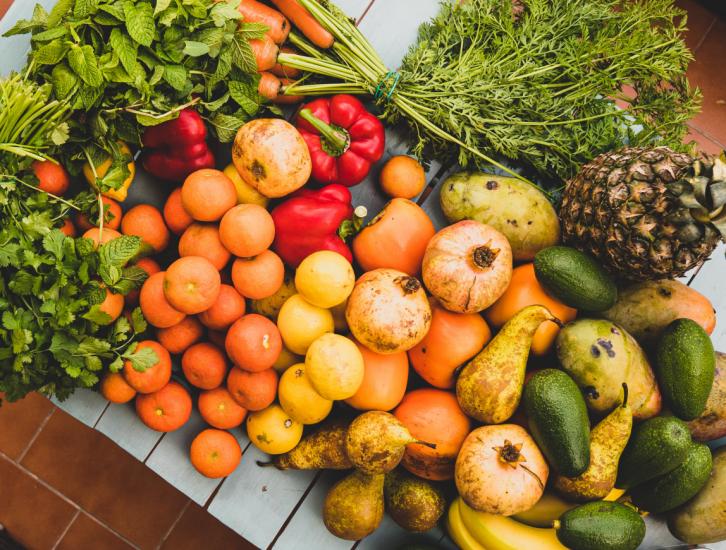
Discover our domains
Our activities focus on various fields, ranging from food for human consumption to food for animal consumption. Analyses take place in the context of supplier inspections, preparation of product sheets, labelling, product development or conformity testing, quality controls and legal and technical advice.
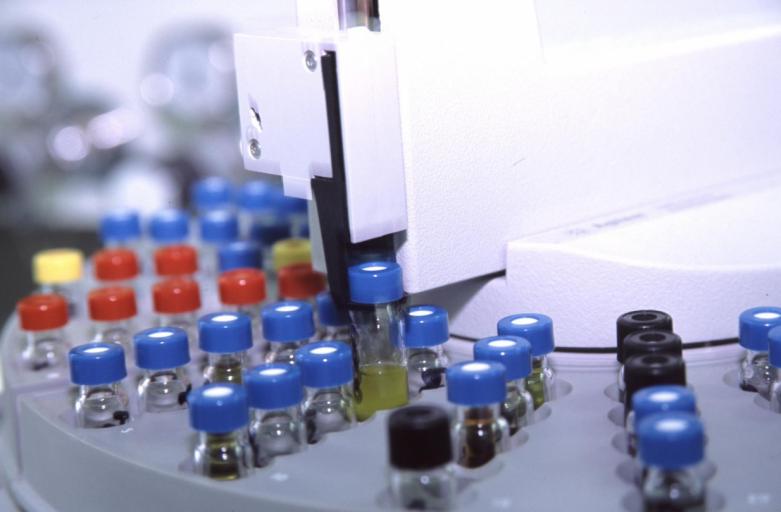

Toxins
Read more
- Aflatoxins (B1,B2,G1,G2)
- Aflatoxin M1
- Ochratoxin A
- Deoxynivalenol (DON)
- 3-Acetyl deoxynivalenol (3-acetyl DON)
- Fuminosine (B1,B2)
- Toxin T-2/HT
- Diacetoxyscirpenol (DAS)
- Zearalenone (ZEA)
- Citrinin
- Alternaria toxins
- Patulin
Allergens
Read more
- Gluten-containing cereals
- Eggs
- Vis
- Peanut
- Nuts, such as almonds, hazelnuts,
- walnuts, cashews, pecans
- Brazil nuts, pistachios and macadamia nuts
- Soy
- Milk, including lactose
- Crustaceans
- Molluscs
- Celery
- Mustard
- Sesame seeds
- Sulphite
- Lupin
Authenticity
Read more
- Animal species: (pig, beef, horse, chicken, turkey, sheep, goat, duck, rabbit)
- Fish species: cod, salmon
- CMO: triple screening
Additives
Read more
- Nitrite and nitrate
- Sweeteners (cyclamate, aspartame, steviol, sucralose...)
- Polyols (sorbitol...)
- Dyes
- Preservatives (sorbic acid, benzoic acid...)
- Phosphate
- Glutamic acid
- Organic acids
- Antioxidants
Pesticides
Read more
Multiscreening (QueChers) (GC/MSMS, LC/MSMS)
Polar multi-method (Quppe)
Dithiocarbamates (CS2)
Ethephon
Fosethyl-Al and phosphonic acid
Glyphosate/AMPA
Chlormequat/mepiquat
Quaternary ammonium compounds
Paraquat/diquat
Bromide
Ethylene oxide and 2-chloroethanol
Microbiology
Read more
- Decay flora and indicator bacteria: total aerobic and anaerobic plate count, lactobacilli, enterobacteriaceae, coliforms, faecal coliforms, yeasts and moulds, Pseudomonas
- Pathogens: Salmonella, Listeria monocytogenes, Staphylococcus aureus, Eschericia coli, Clostridia, Bacillus cereus, Legionella, STEC, E.coli O157,
- Campylobacter, Vibrio, Yersinia
- Functional bacteria: Streptococcus thermophilus, Lactobacillus bulgaricus, Bifidobacteria
- Shelf life tests
- Hygiene inspections: surface sampling (rodac, swab...), air sampling
Various analyses
Read more
- Coumarin
- Caffeine
- Theobromine
- Piperine
- Vanillin/ethyl vanillin
- Peroxide number
- Free fatty acids
- Saponification number
- Iodine addition number
- Polar substances
- Water content (Karl Fisher)
- Essential oils
- Ash insoluble in HCl
- Total acidity
- Brix
- TVB-N total volatile bases
- Starch
- Histamine
- Gas composition MAP packaging
- Beer parameters (alcohol, wort, bitterness, colour)
Contaminants
Read more
Contaminants
- Acrylamide
- Poly-aromatic hydrocarbons PAH
- MOSH/MOAH
- Melamine
- Residues of solvents, fuels,
- oil, chemical pollution
- Heavy metals
- Nitrite, nitrate in vegetables
- PCBs and dioxins
- Furans
- Phthalates (plasticisers)
- Bisphenol A
- Organotin compounds
- Fatty acid ester of glycidyl, expressed as
- glycidol and 3-MCPD
- Pyrrolizidine alkaloids
- Erucic acid
- Cyanide
Nutritional analysis
Read more
Nutritional value
- BIG 8
- Water-soluble vitamins (B1, B2, B3, B5, B6,B12, biotin, C)
- Fat-soluble vitamins (A,D,E,K)
- Fatty acid spectrum
- Cholesterol
- Minerals and trace elements
- Amino acids
